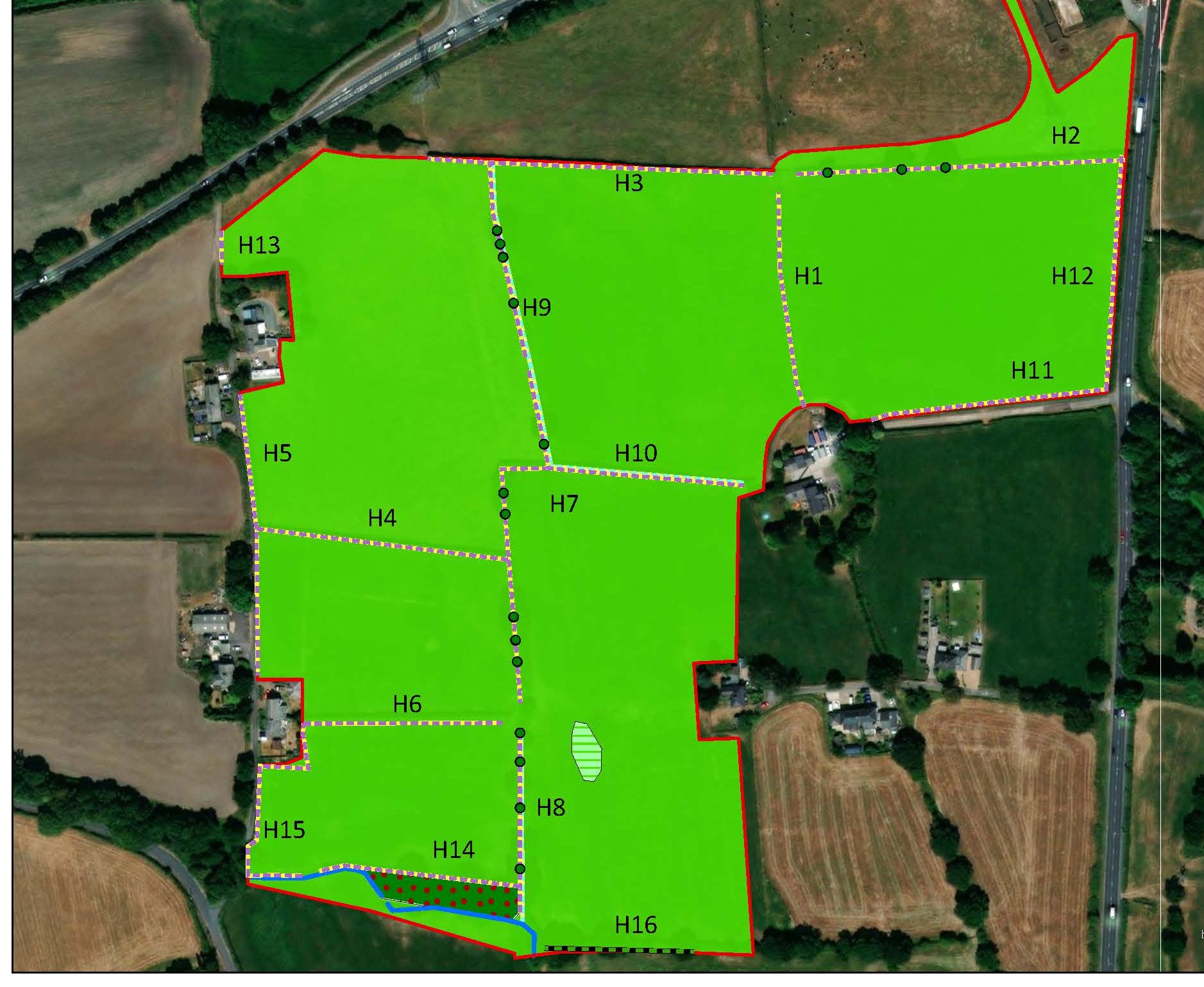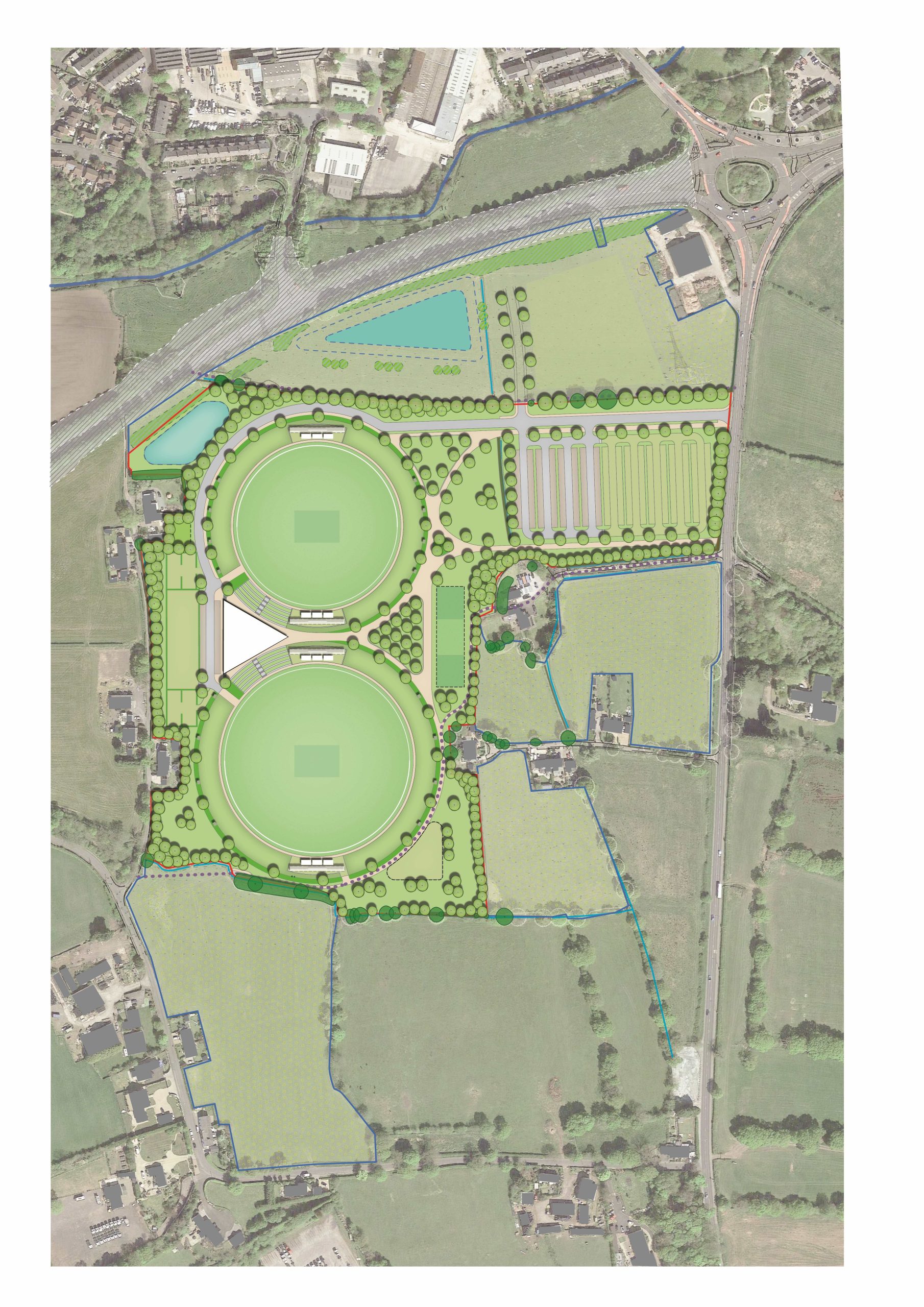- 31 Oct 2023
In accordance with the principles of Biodiversity Net Gain (BNG), from January 2024, new planning applications (with specific exemptions) will be required to demonstrate a 10% uplift in the biodiversity value of the site. This will extend to small sites in April 2024 and NSIP’s in 2025.
The requirement for developments to deliver a net gain in biodiversity already exists in the National Planning Policy Framework and local authorities have their own policies regarding biodiversity. BNG builds on this by strengthening the role of the natural environment within our everchanging landscape and helping to address the ongoing biodiversity crisis.
The Landscape Institute, which represents landscape professionals, works ‘to protect, conserve and enhance the natural and built environment for the public benefit’1; a sentiment which compliments the principles of BNG perfectly. The introduction of BNG signals a new way of working for landscape architects and ecologists. Previously, collaboration between the two disciplines may have been limited, but engagement and collaboration will now be key to producing a measurably positive outcome for biodiversity whilst still delivering schemes which are well-designed for the community they serve.
At Urban Green, we have landscape architecture and BNG teams in-house, meaning collaboration is effective and seamless. We’ve detailed our key considerations when designing with BNG in mind, to deliver attractive, functional spaces which have achieve a net gain in biodiversity.
- Early engagement – The ecologist responsible for BNG should be providing input at the earliest opportunity to highlight any constraints and inform the layout. A BNG feasibility assessment should be carried out at RIBA stages 1-2 to determine the baseline and guide these recommendations. Furthermore, at concept stage, it would be beneficial to incorporate BNG into the site assessment which forms part of the opportunities and constraints plan.
- Mitigation hierarchy – Applying the mitigation hierarchy is the first Good Practice Principle2 of BNG. The most sensitive or valuable habitats should be accommodated and incorporated into the final design and it is recommended that development takes place on habitats which can be easily compensated for elsewhere i.e. low distinctiveness habitats. Where possible, habitats should be retained and their condition enhanced.
- Collaborative approach – Communication between landscape architects and ecologists should start at the beginning of the design process, rather than once landscape proposals have been produced. Ecologists can advise the landscape architect on appropriate habitat types and species mixes for specific sites. The landscape architects can then use this information to advise the client on the best design for site which maximises its BNG potential, without negatively affecting the design output.
- Holistic design – It is important to form a balance between creating spaces for nature while still ensuring that a scheme meets local design codes, building regulations and is financially viable. Habitats which offer the highest unit return may not be suitable for the site in question or may be restricted from reaching moderate or good condition due to site constraints. Equally, ornamental planting with high visual appeal may offer negligible ecological value to native wildlife.
- Landscape level design – The proposed post-development habitats should reflect habitats and communities within the broader landscape which means selecting species appropriately. For example, although Scot’s pine is widespread across the UK, its native range is northern Scotland, meaning it may not be suitable for inclusion in a woodland planting mix in southern England. Local Nature Recovery Strategies and Biodiversity Action Plans can be used to inform habitat design and proposals should ideally contribute to local habitat networks.
- Long-term management – All habitats which have been subject to BNG must be secured and managed for a minimum of 30-years and management activities should encourage the progression of habitats to the condition predicted at design stage or better. It is important to note that there is a difference between a Landscape and Ecological Management Plan (LEMP) and a Habitat Management and Monitoring Plan (HMMP). A LEMP covers the broader management of habitats on site, including management objectives for growth, health and safety and visual amenity. A HMMP is more specific to BNG and focuses solely on management to ensure the proposed habitat type and condition are met, therefore securing the net gain result which was forecasted in the BNG assessment.
References:
https://www.landscapeinstitute.org/about/about-the-landscape-institute/
https://cieem.net/wp-content/uploads/2019/02/Biodiversity-Net-Gain-Principles.pdf
 UKHAB Habitat Map showing the baseline site information
UKHAB Habitat Map showing the baseline site information
 Post-development drawing of the proposed site
Post-development drawing of the proposed site